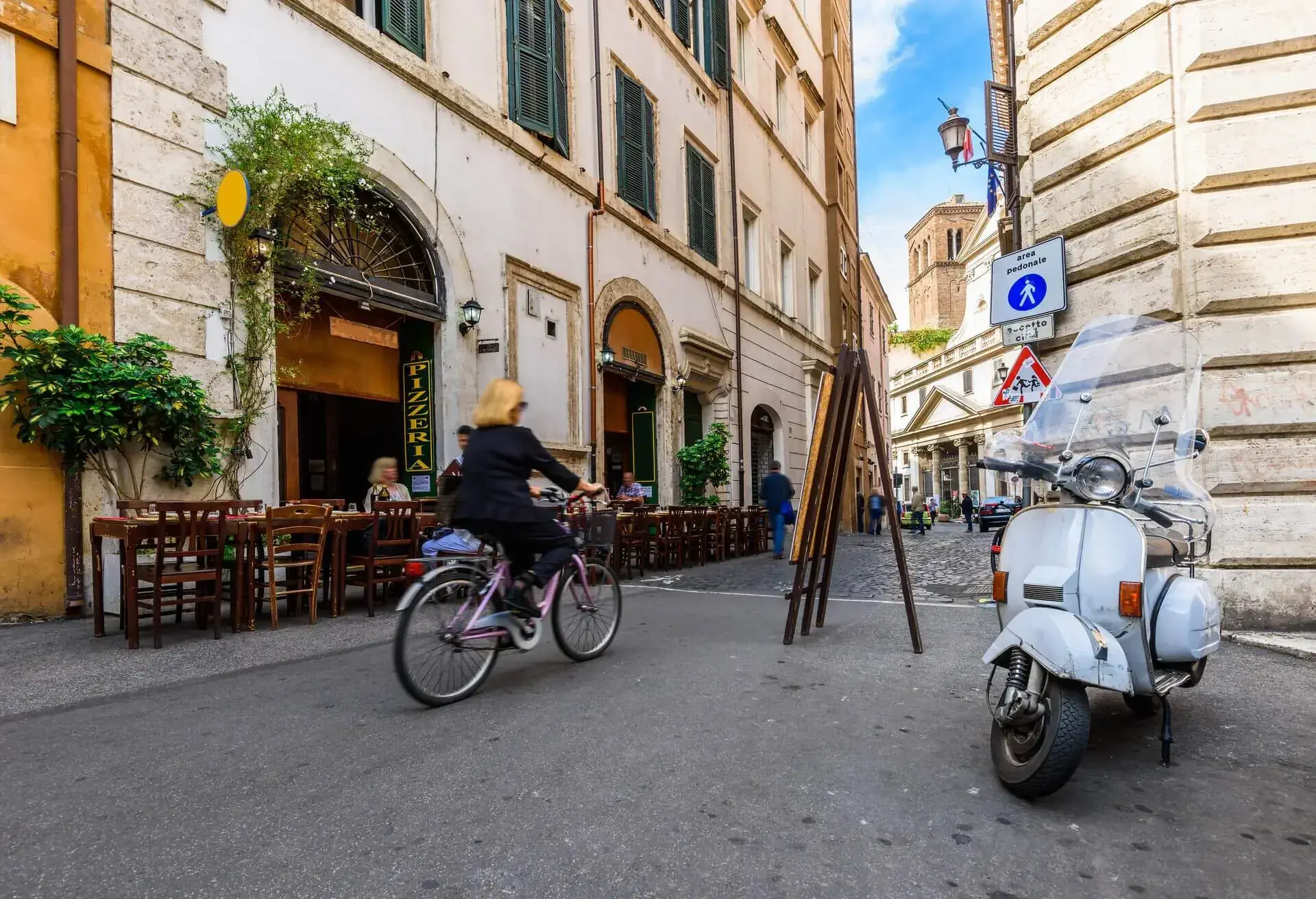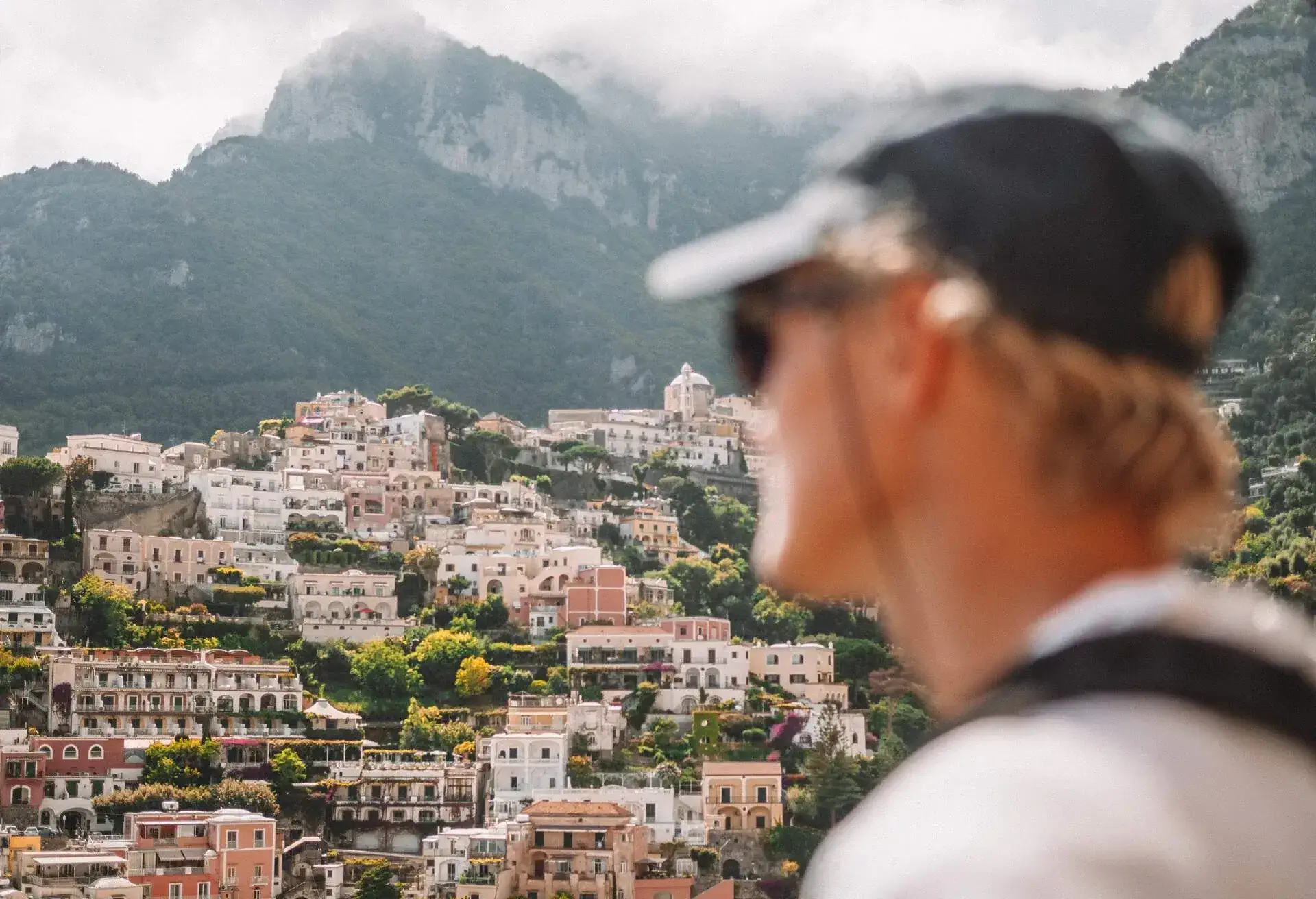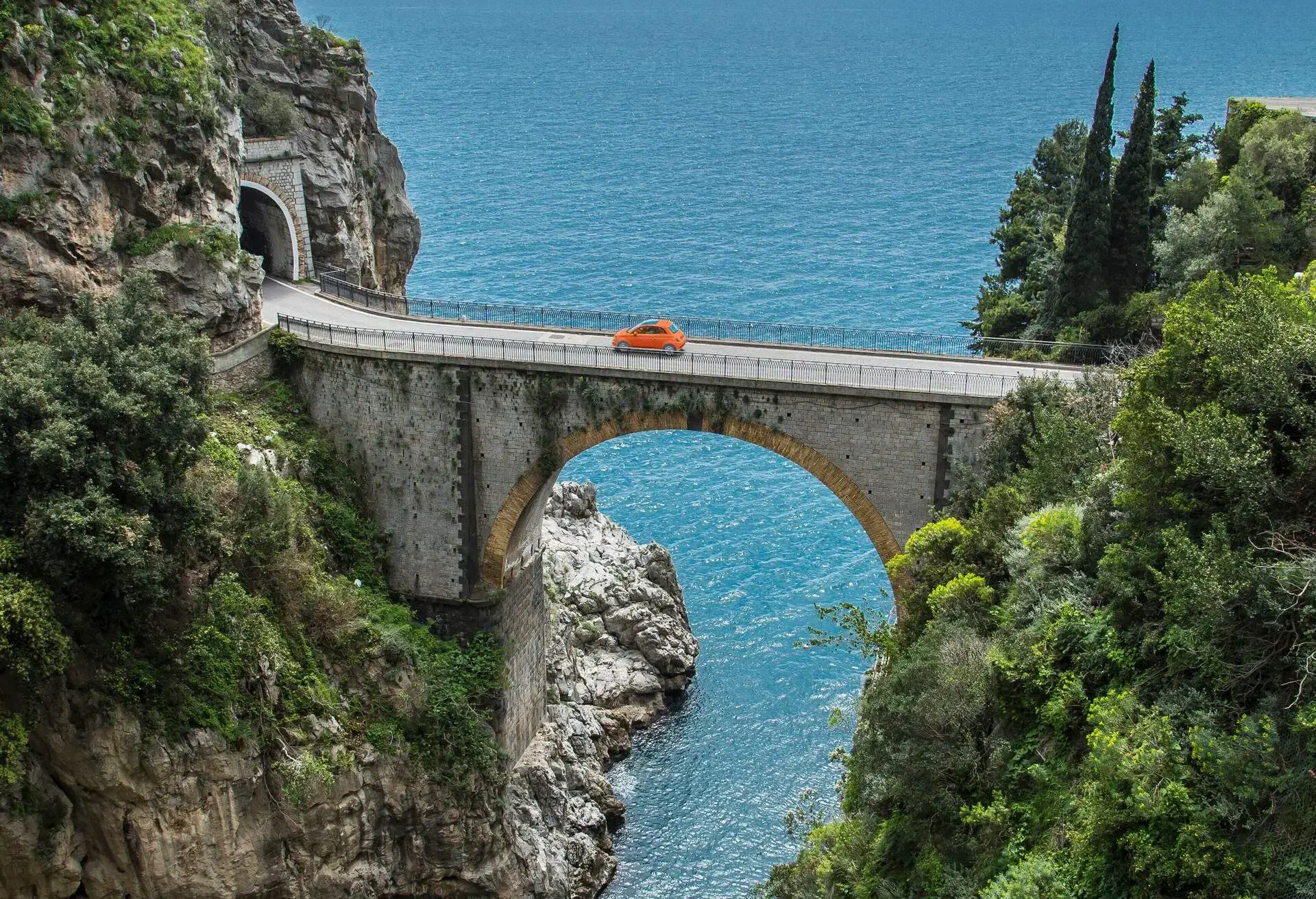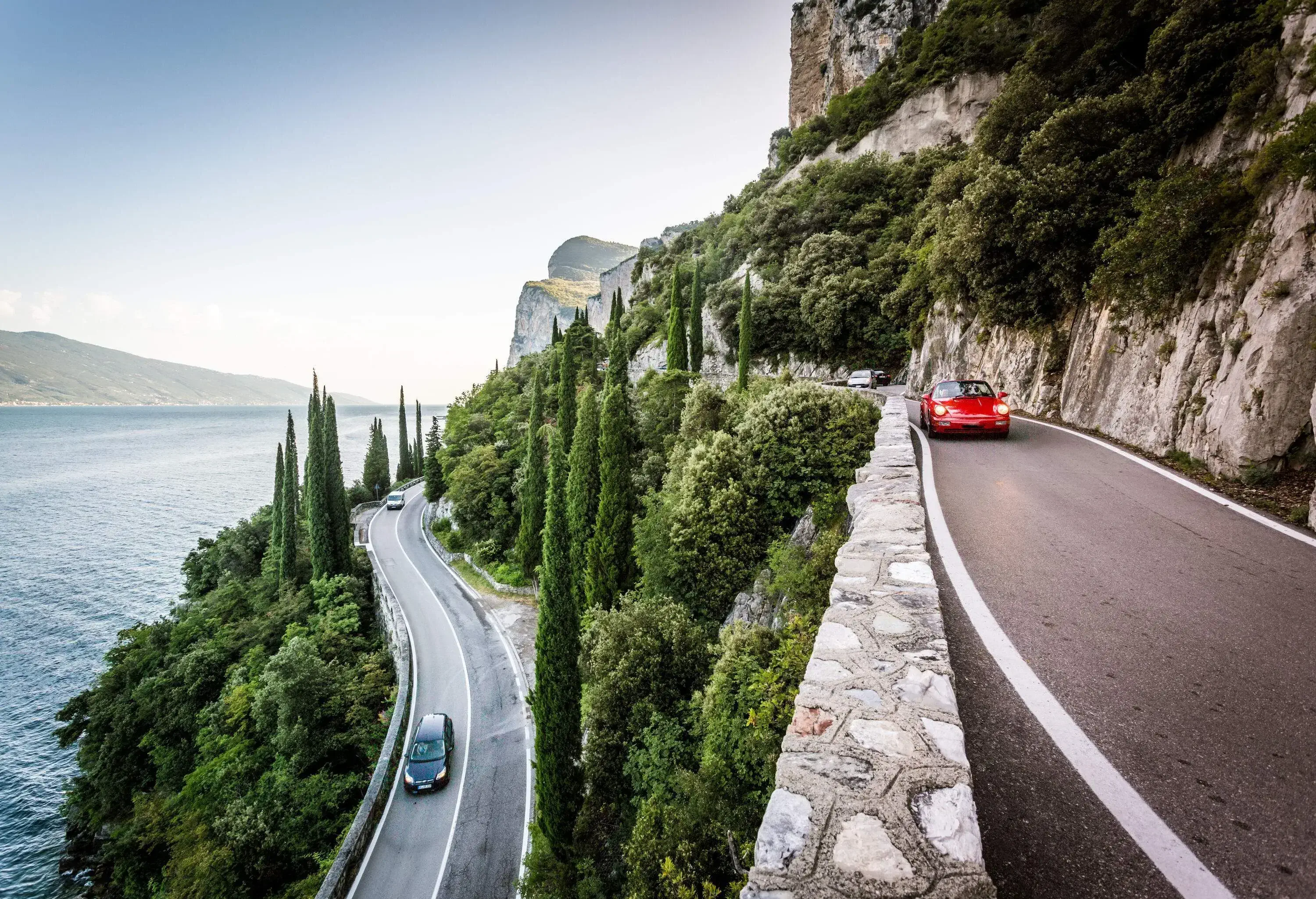Italy is one of the world’s oldest civilisations, so it’s not surprising that tradition, etiquette, and ancient cultural norms are deeply ingrained in every aspect of Italian life. You’ll be familiar with some of them from UK culture, while others may strike you as distinctly odd. Many have fascinating histories to discover. It’s all part of immersing yourself in Italian culture and making the most of your visit.
Here’s a guide to negotiating the country’s lifestyle subtleties, a collection of Italy tips to help make your visit smoother and give you more rewarding interactions with local residents. We’ll explain the intricacies of eating and meeting. Find out the cultural faux pas to avoid and other handy things to know when you’re there. So (yes, you saw this coming a mile off) when in Rome…
Italy tips: Language
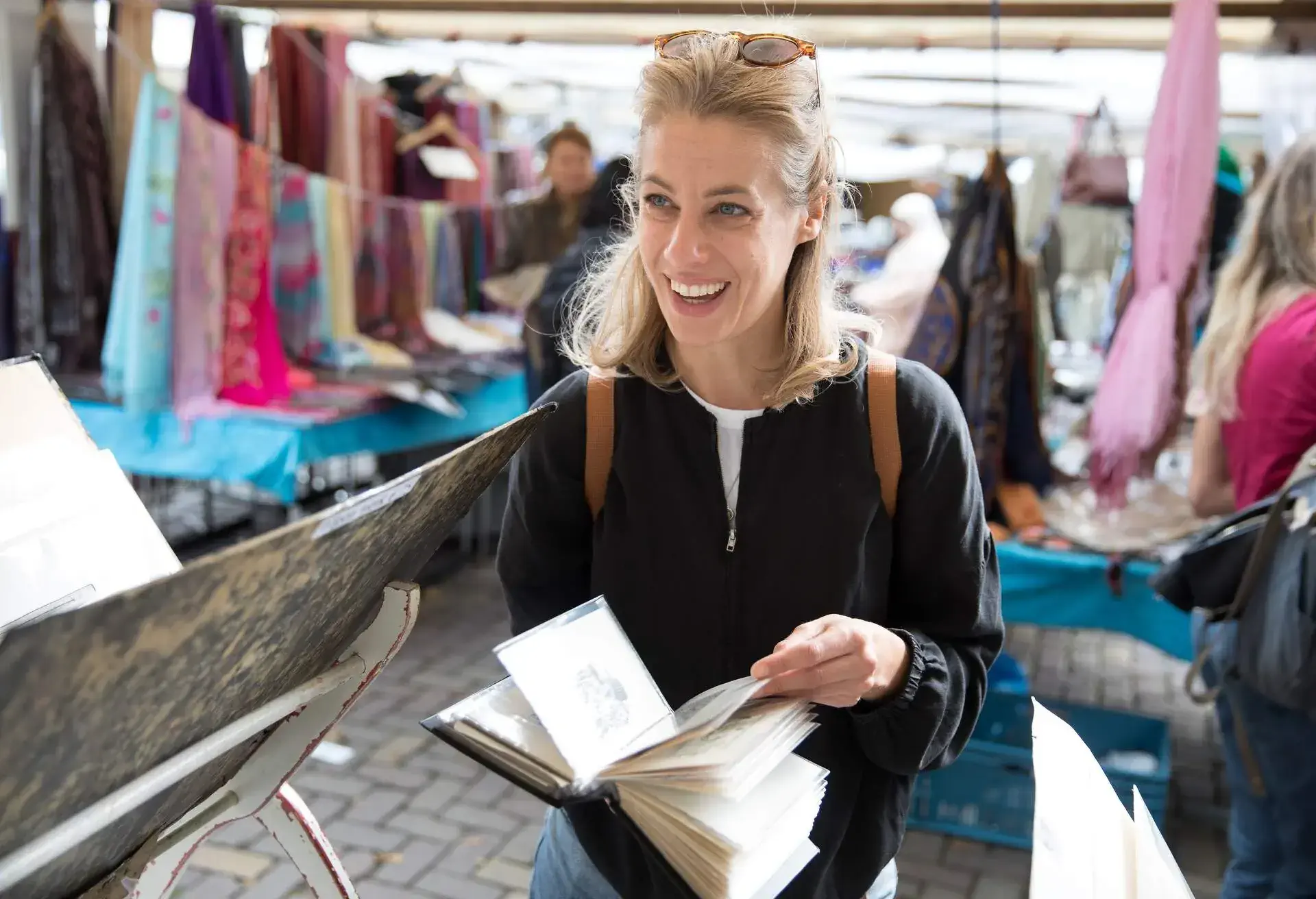
There are a few essential Italian phrases to practise and a few things to beware of saying. The first is that although we all think of “ciao” as the standard Italian greeting, it’s not used between strangers. Stick to “buongiorno”, which simply means “good day”. In the evening, you can say “buonasera”.
Other basic words that you’ll need are “per favore” meaning please, and “grazie” for thank you. You’ll hear “prego” in reply, which doesn’t mean you’re being offered a steak roll – it’s Italian for “you’re welcome”. You’ll also get good use out of phrases like “come va?” (how are you?) and “va bene” (okay). “Permesso” is another essential word, translating as “excuse me”.
One of the most charming Italian phrases is the one used to wish one another good luck: “in bocca al lupo” literally translates as “into the mouth of the wolf”. Remember, however, that wolves are venerated in Italy for having reared the twins who forged the founding of Rome itself, Romulus and Remus, so don’t take it the wrong way.
Speaking of which, you’ll most likely arrive in Rome, given that it has Italy’s busiest airport. If you’re looking for things to do in the city while practising your phrases, read our Rome Travel Guide for more Italy tips.
Casual social etiquette
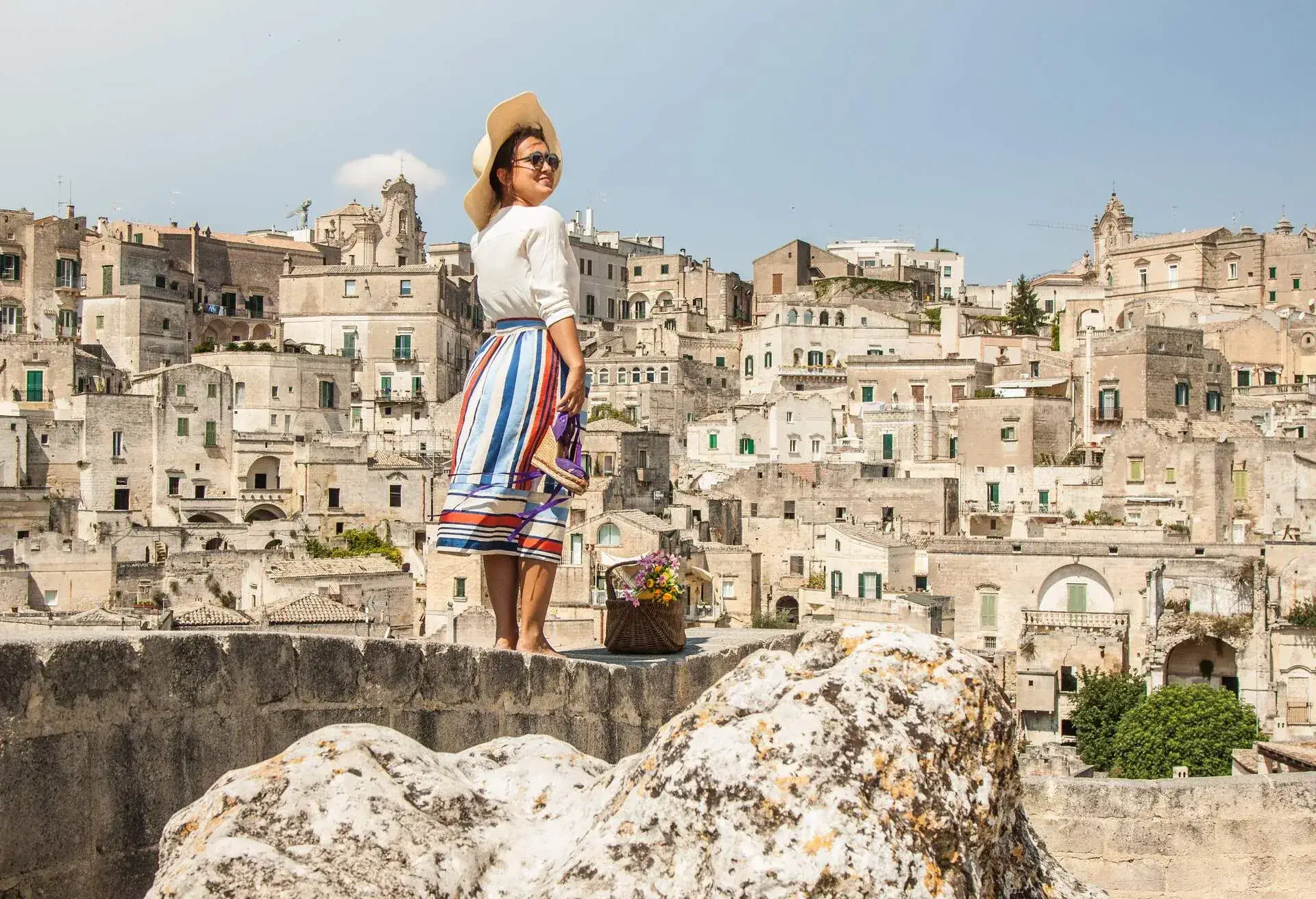
The most well-known aspect of Italian social etiquette is to greet friends with a kiss on one cheek or both. Italians are physical, visceral people – the famous ebullient, passionate temperament isn’t just a stereotype, and it’s wonderful to experience. One of our Italy tips is that if you’re more of an introvert, don’t let this characteristic put you off – it’s an expression of warm-heartedness.
It’s also important to Italians that one dresses neatly and respectably, with a touch of flair, of course. Dress in a stylishly understated way and you’ll feel right at home. Unfortunately, an old tradition that still dies hard in Italy is unsolicited compliments toward women – another reason to just blend in. In any case, no matter what your gender, the idea is to let Italy impress you, not the other way round, so pack a tourist wardrobe and you’ll be fine.
Many other Italy tips on etiquette apply equally to life in the UK, so they’ll already be second nature to you. Italians cover their mouths when sneezing or yawning and remove their hats indoors. Men open doors for women, and everyone opens them for elderly people. It’s also important to stand up when an older person enters a room, out of respect.
Once you’ve visited Rome, get a taste of a different side of Italian culture by visiting the northeast region, following our Travel Guide to Venice.
Italy tips: avoiding social faux pas

We can get one of the biggest Italy tips out of the way from the off: punctuality is not expected in social situations in Italy. So you really can relax and take holiday time off from any kind of schedule. Being on time can mean arriving anywhere from 20 to 45 minutes after the appointed time, so if you don’t like tardiness, be forewarned and just go with it. However, punctuality is strictly observed in business matters.
It’s considered extremely rude to point at people, and Italians usually expect you to ask for permission before taking photos of them. Also, be sensitive in the age of selfies – many of Italy’s historic monuments are associated with painful historical national memories, and gaily posing in front of them is frowned upon. It’s also customary for men to stand when a woman enters the room and for children to stand when the first adult enters.
Italians are understandably intensely proud of their culinary heritage. So, as much as it may seem the right thing to do, giving gifts of UK food specialities is not usually well-received. Be very careful when giving flowers, too, as yellow flowers imply jealousy and chrysanthemums are associated with death. Stay away from red flowers as well – their passionate connotations are taken seriously in Italy.
With these Italy tips to give you a handle on the country’s social etiquette, you can confidently visit even the most sophisticated Italian cities, like Milan. We have a Milan Travel Guide that you can read, too.
The ins and outs of eating
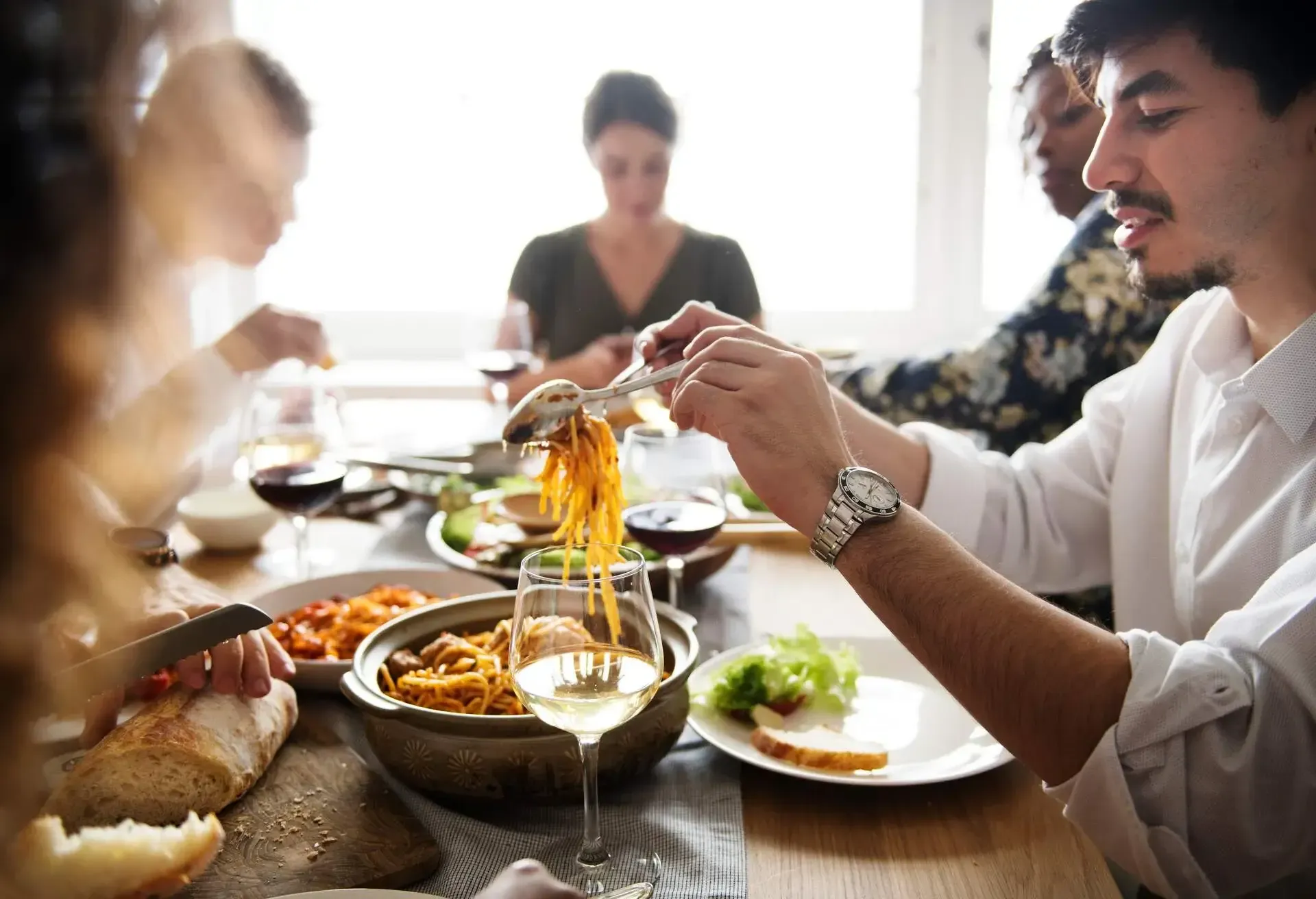
Dining in Italy is a big-hearted, enthusiastic affair that can seem pretty laissez-faire from the outside. However, there are myriad traditions and norms beneath the surface that Italians take very seriously. If there’s one area you may need some Italy tips so you don’t put a foot wrong, it’s at the dining table. The worst that can happen is a few funny looks and some despairing head-shaking, but it’s a thrill to get it right and be welcomed as a native foodie.
The first rule might surprise you: don’t order a cappuccino with your meal. Italians are tolerant people, but there are some food combinations that are anathema. Cappuccino is a breakfast drink in Italy, not to be consumed after about 11:00 a.m. Of course, this doesn’t mean you can’t sit down for one in a coffee shop whenever you like – just don’t order one with lunch or dinner.
General Italy tips for eating are to wait for the host to sit, then only start eating once they have indicated to do so with the customary phrase “buon appetito”. During the meal, it’s considered rude to stretch at or put your elbows on the table. You should never leave the table before everyone has finished their meal. Start your culinary exploration in the food capital of Italy, Bologna.
Interesting cultural and historical facts
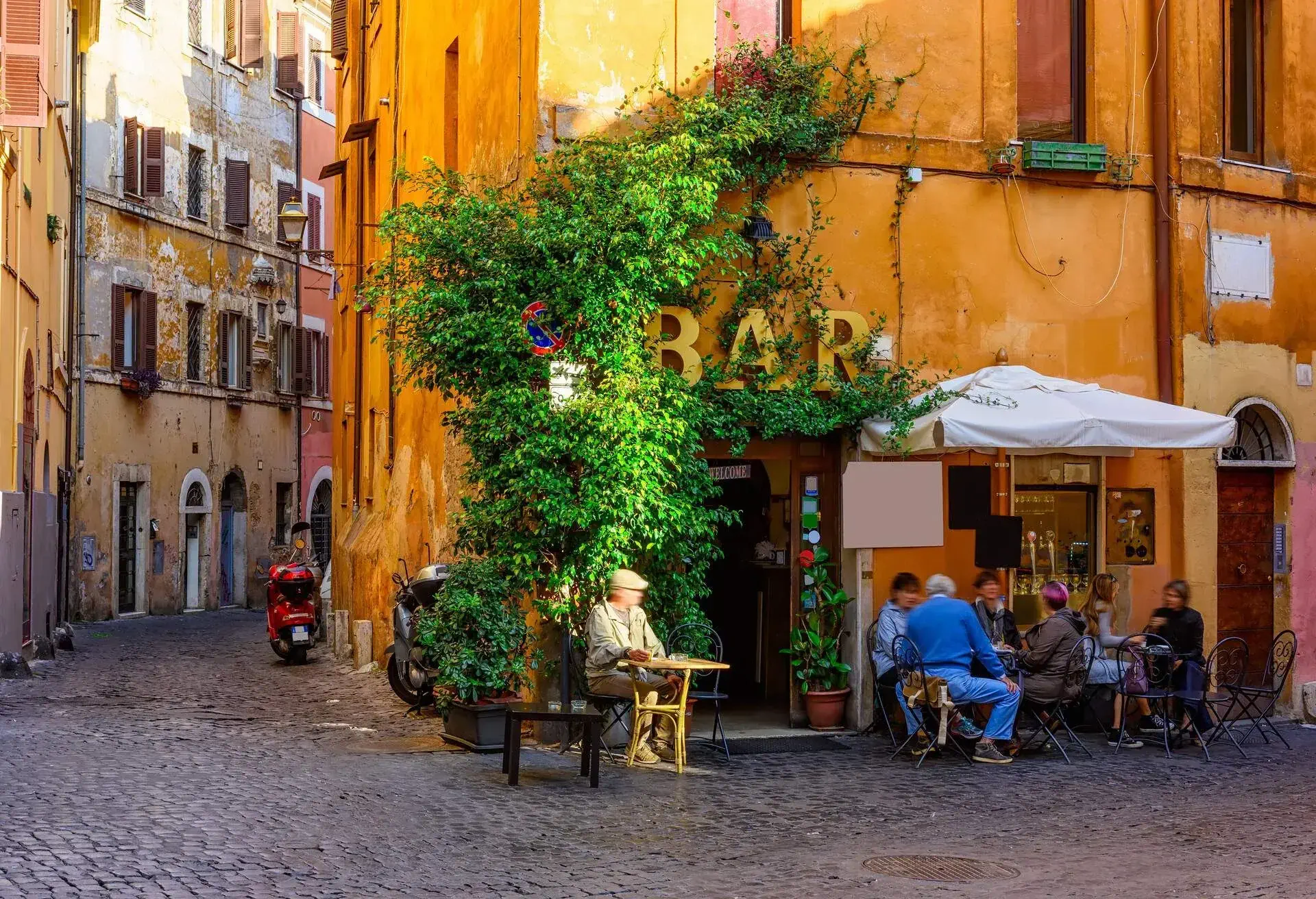
While wine and songs are strongly associated with Italy, the truth is that Italians usually only drink wine or beer with meals. There isn’t a pub culture like in the UK, and public drunkenness is scorned. Similarly, be polite in restaurants. Don’t call for the server across the room, for instance.
Here’s another cultural fact of life that may take some getting used to for us overly polite Brits: it’s not considered rude to arrive at someone’s house just before a meal. In fact, you’ll be expected to stay for it, lest you insult your host. Make sure to compliment the cleanliness and decor, as Italians are extremely house proud.
One of the quirkiest historical facts that you can verify for yourself is the free wine fountain in the village of Ortona. Quite astonishingly, this flows 24-hours a day, fed with local wine from the Dora Sarchese vineyard. The last of our Italy tips involves pizza. We all know that it comes from Italy, but there’s only one place to eat the real thing – in the city that invented it: Naples.
Excited for your next adventure? Our friends at Where to Go, produced by the team behind the award-winning DK Eyewitness travel guides, are here to help!
Each fortnight, hosts James and Lucy talk to local experts about the destination they have chosen to call their home, exploring their personal connection to the place, what makes it so special and the best things to see and do.
Listen to the podcast below for more inspiration and tips from Italy:

